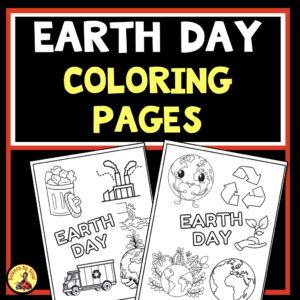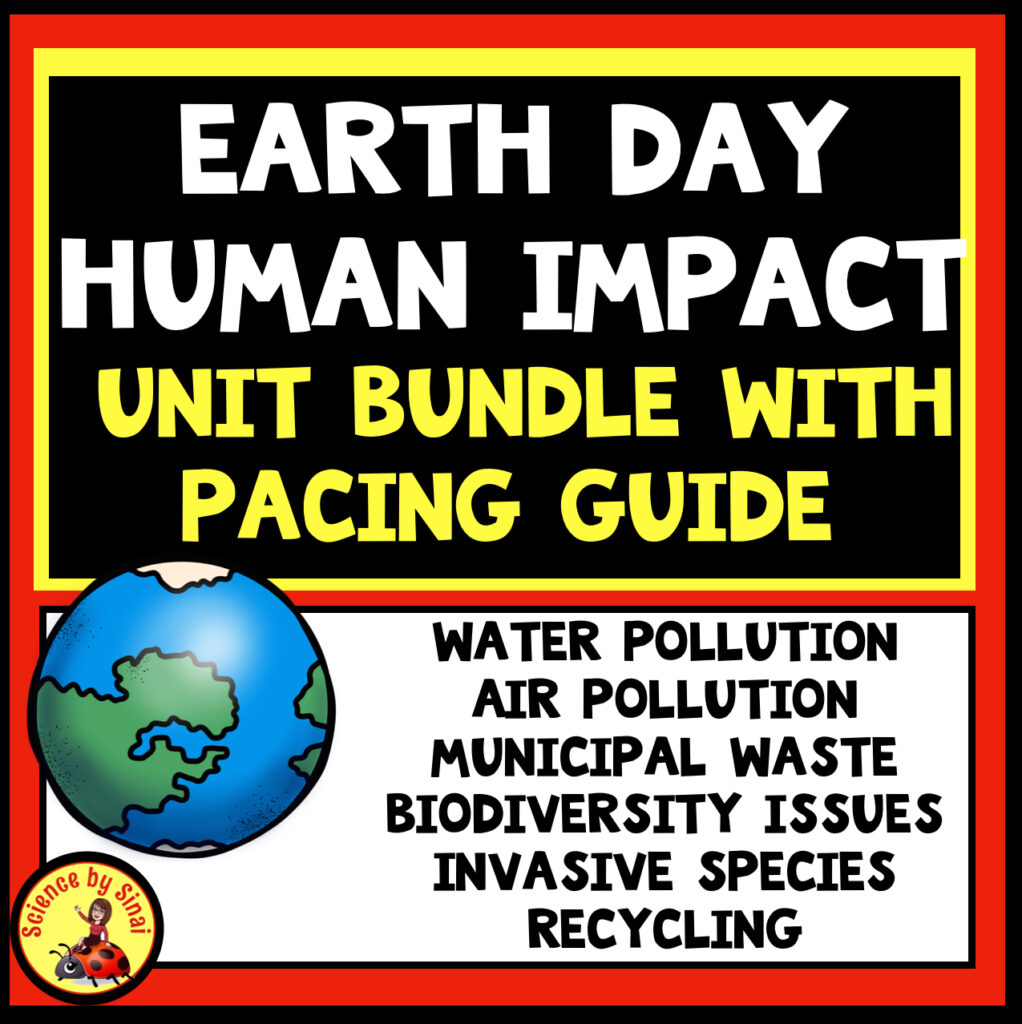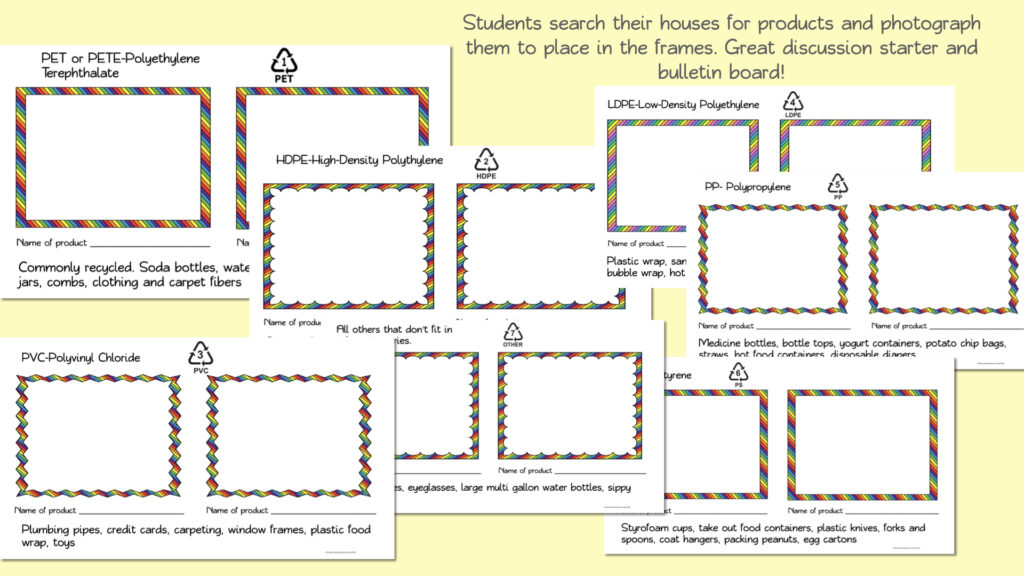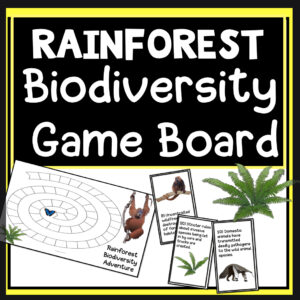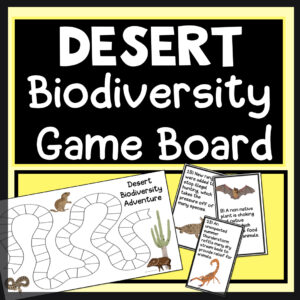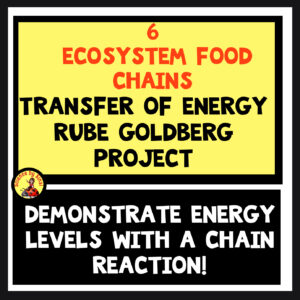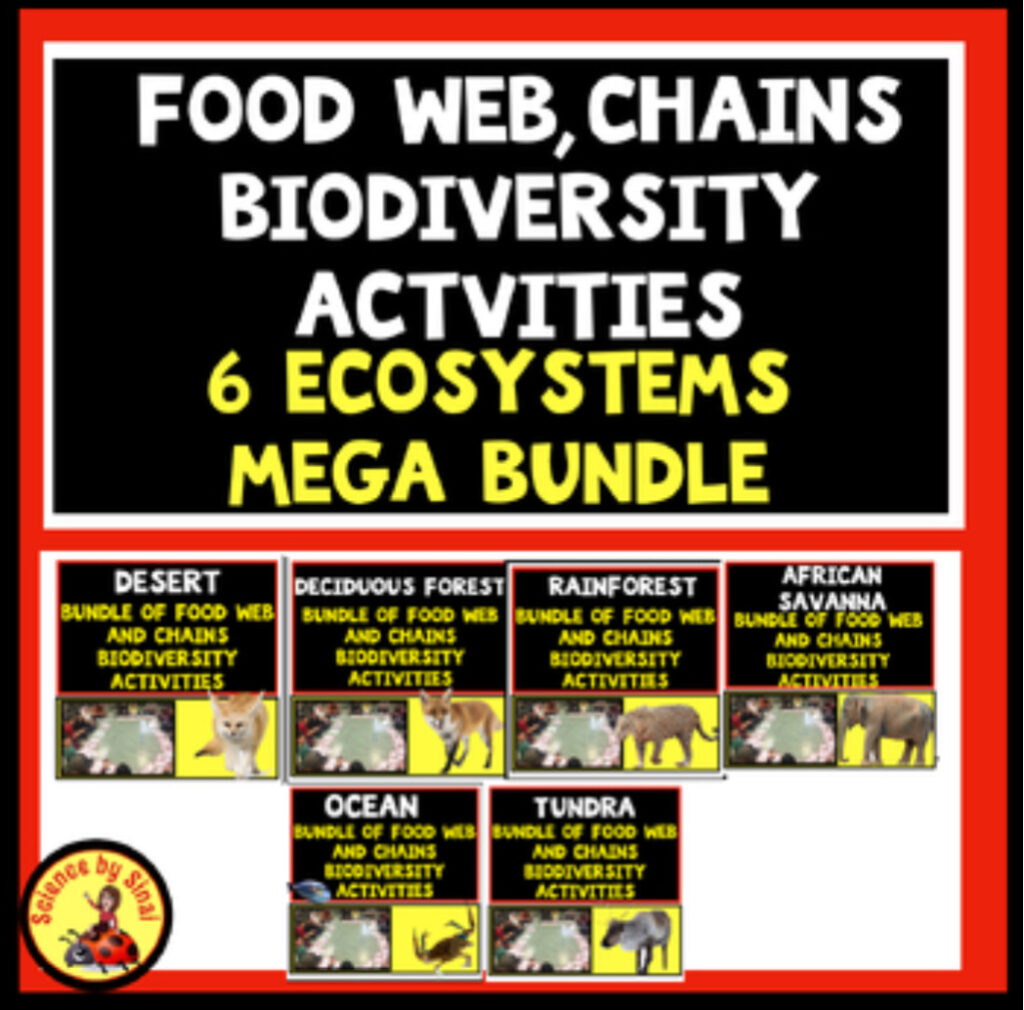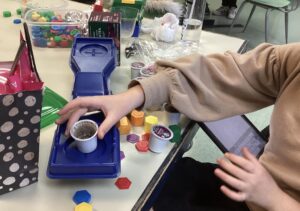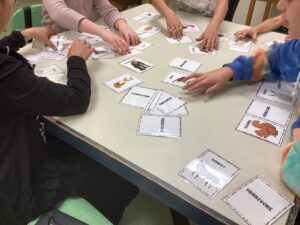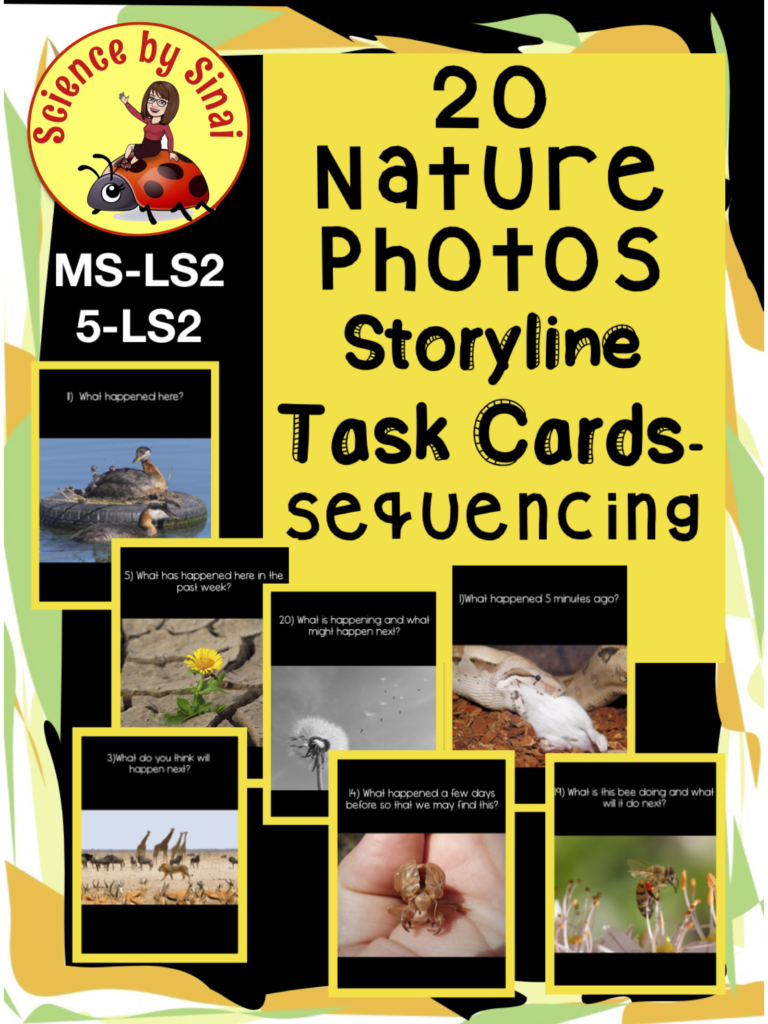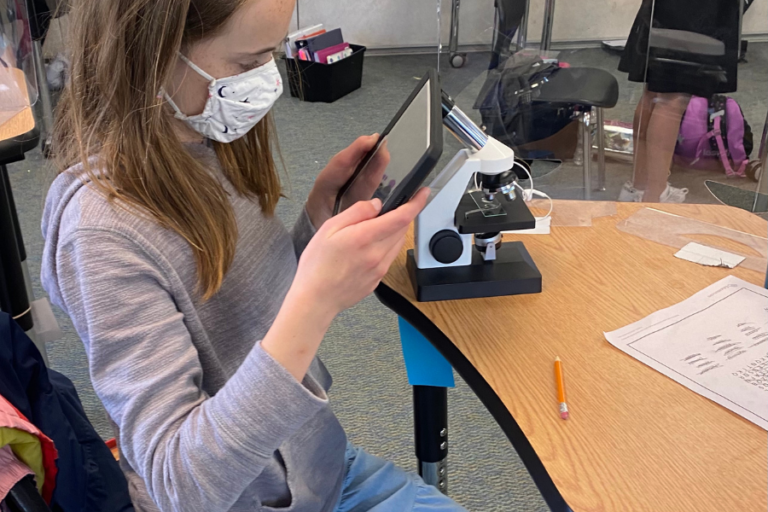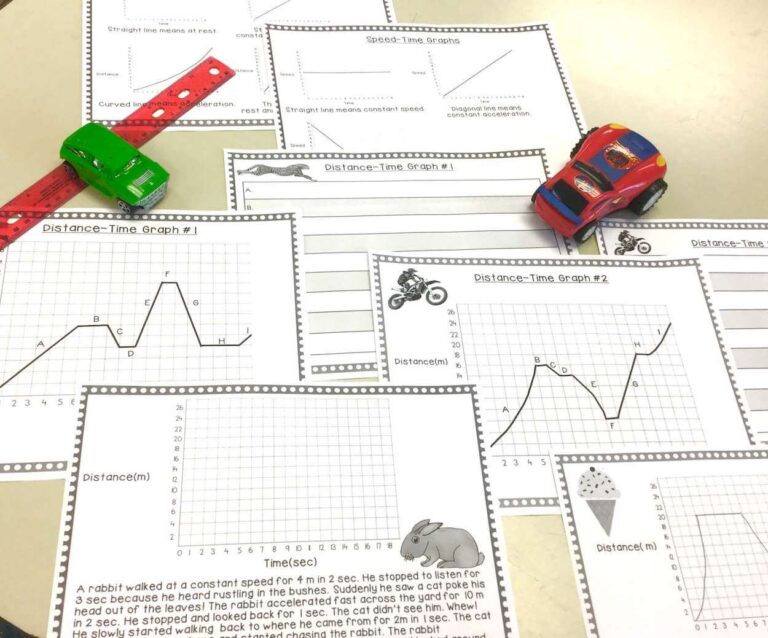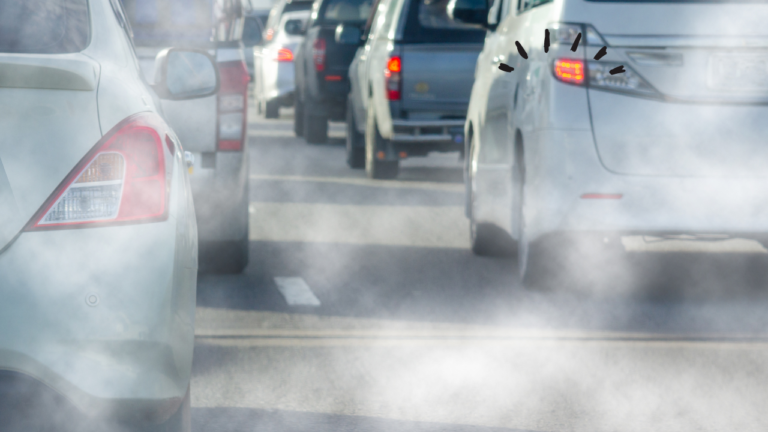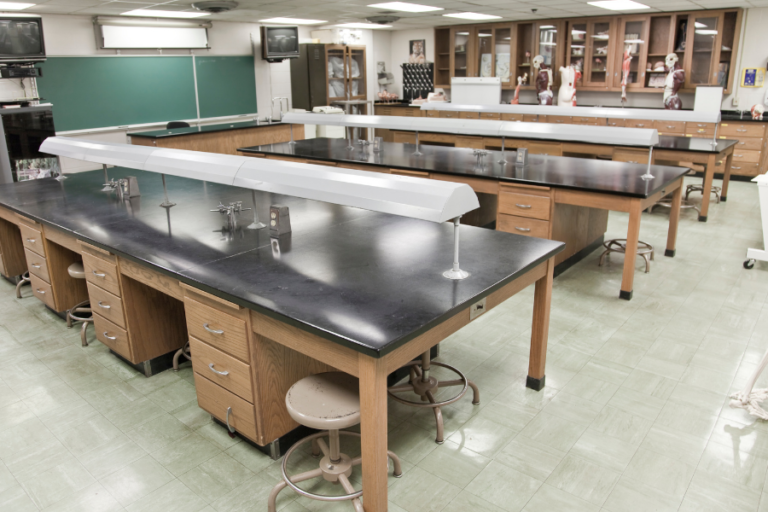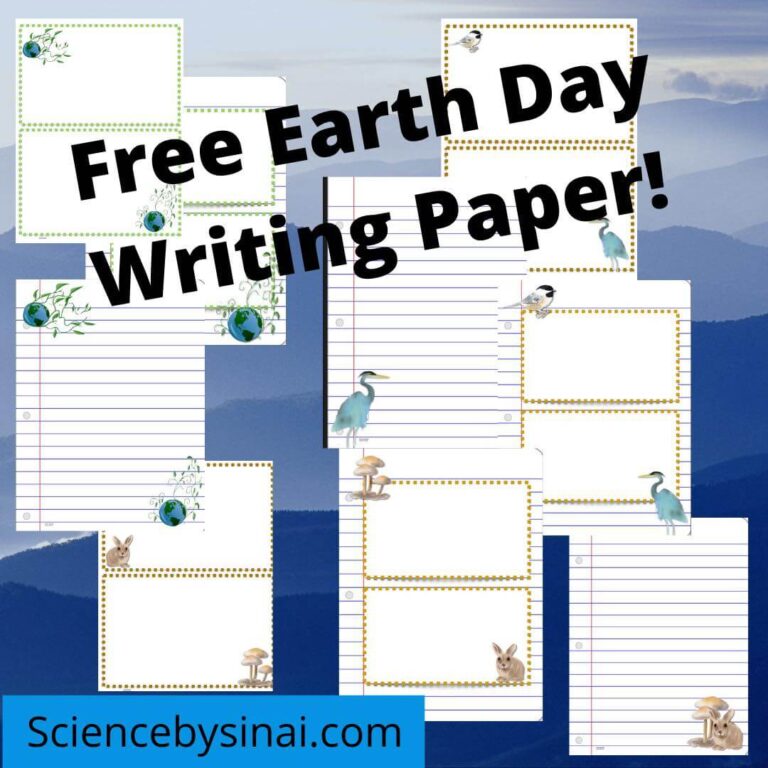10 Environmental Activities for Earth Day or Every Day
What are you doing for Earth Day? Are you looking for activities to help the students bring environmental conservation into their own lives?
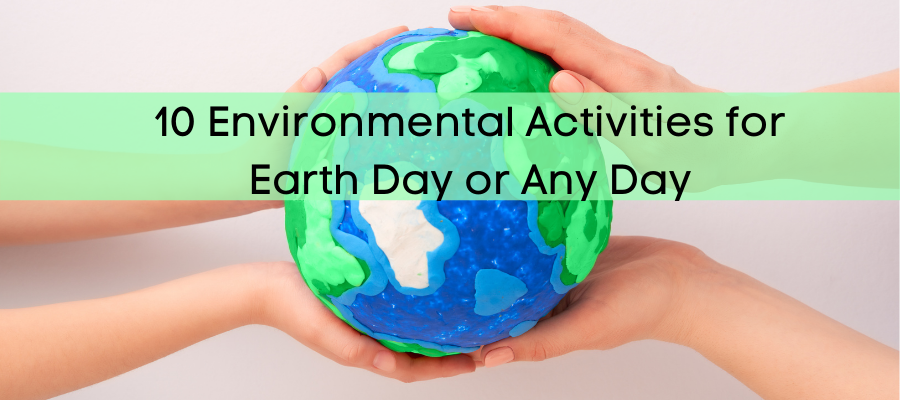
Every day should be Earth Day, but these ten activities will start great discussions as students celebrate environmental awareness.
1. Create a Giant Food Web
Sit your class in a big circle on the floor and assign students to be either plants or animals. Take a ball of yarn and connect the students, depending on who their animal eats, until the entire class is involved! Use my cards for a visual and to aid students in creating their interacting food chains. Each card has a drawing of the organism and a list of where it falls in its food chain. Once the web is complete, you can have certain students move their strings up and down, to see the effect on the entire ecosystem. At the end, ask a student to run through the web acting as deadly POLLUTION to destroy everything! Such fun!
You can choose food webs from various ecosystems such as the ocean, African savanna, deciduous forest, rainforest or desert.
I also have a blog post called How to Make Food Webs Interactive and Fun!
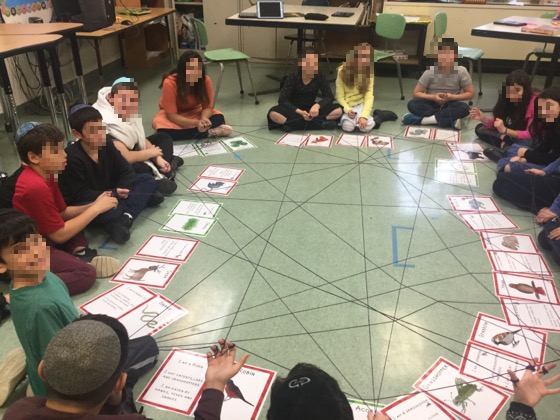
2. Abiotic Biotic Ecosystems Outdoor Activity For The Schoolyard or Backyard
Let’s get the kids outside and looking at their backyards or the schoolyard. What better way to do this than with an ecosystem scavenger hunt! Students bring their tablets outside or their phones, and take pictures to enter in my structured Google slides presentation. They look for “bug restaurants”, signs of animals, signs of plants adapting to human structures, clouds, soil moisture and more. Once we complete this scavenger hunt, and put them into their digital science notebooks, I refer back to our findings throughout our entire unit on ecology. Please see my blog post on how I do this unit.
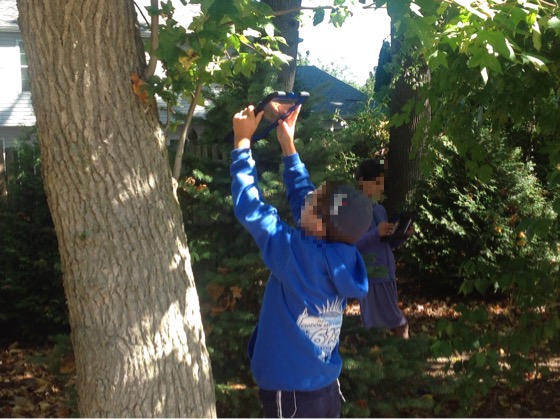
3. Biodiversity Food Web Dice Roll Game
This Earth Day engaging activity is completely digital, using Google slides or PowerPoint. The students are given a blank food web and they draw lines to connect the producers and consumers. They are then given two dice to throw. Once they get their number, they refer to a chart of either human or man-made events that destroy specific parts of their food web. They will then erase the lines on the food web, based on the circumstances.
For example, if there was a very cold winter that killed off quite a few hibernating snakes, then the students will erase the line connecting the snake and the mouse and maybe the snake and the hawk. The students can work in groups and the results turn out differently every time, which leads to great discussions.
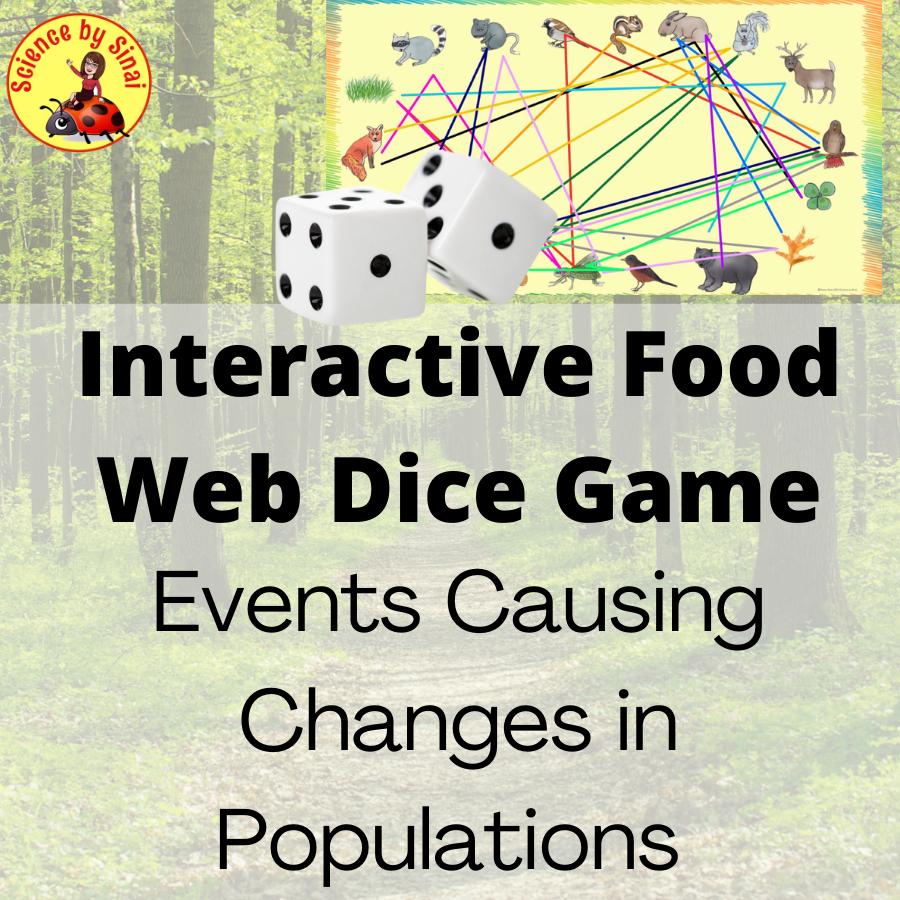
4. Temperate Forest Wildlife Task Cards
How many students can name the most common birds, animals, reptiles and amphibians in a temperate, deciduous forest? Before I created this, I was pretty shocked to see that there were not many students who knew what a Cardinal or Bluejay looked like. They were also unfamiliar with several of the animals and would call a groundhog a beaver when they saw one in their yard!
I created a set of cards with 11 birds, 11 mammals, and a total of 8 reptiles and amphibians, with images and separate labels. You can use this set as a gallery walk, as a concentration game, or a quiz to help students learn their neighboring creatures. I always love when students come back and tell me, throughout the year, about the different animals and birds that they noticed since we did this activity.
5. Design and Build a Water Filter
As part of learning about water pollution, we talk about water filtration and sewage and drinking water treatment plants. One of my long-standing activities is having the students use water bottles to create their own filters. Students look forward to doing this every year and the class ahead loves to give “tips and hints“ about how to create the filters!
I make the dirtiest, smelliest water that I can, and we add exactly100 mL of that mixture to each of the student’s filters and wait for the water to drip through. The “winner“ will have the clearest water!
Students then go home and redesign their filter for a second contest. Watching their engineering brains at work is so much fun! I’m always amazed at how clean they manage to get the water. We have had some very close results with heated discussions! Here is my post on how I do this unit called Design Water With This Exciting STEM Project!
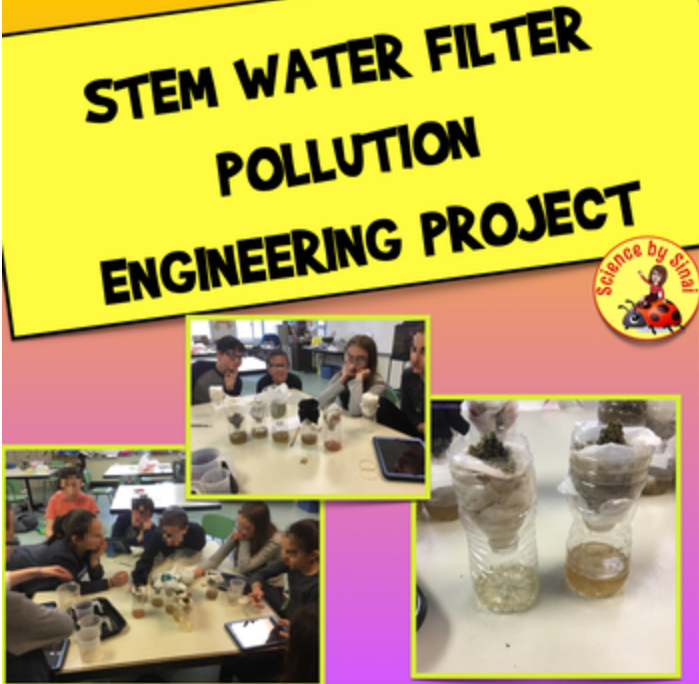
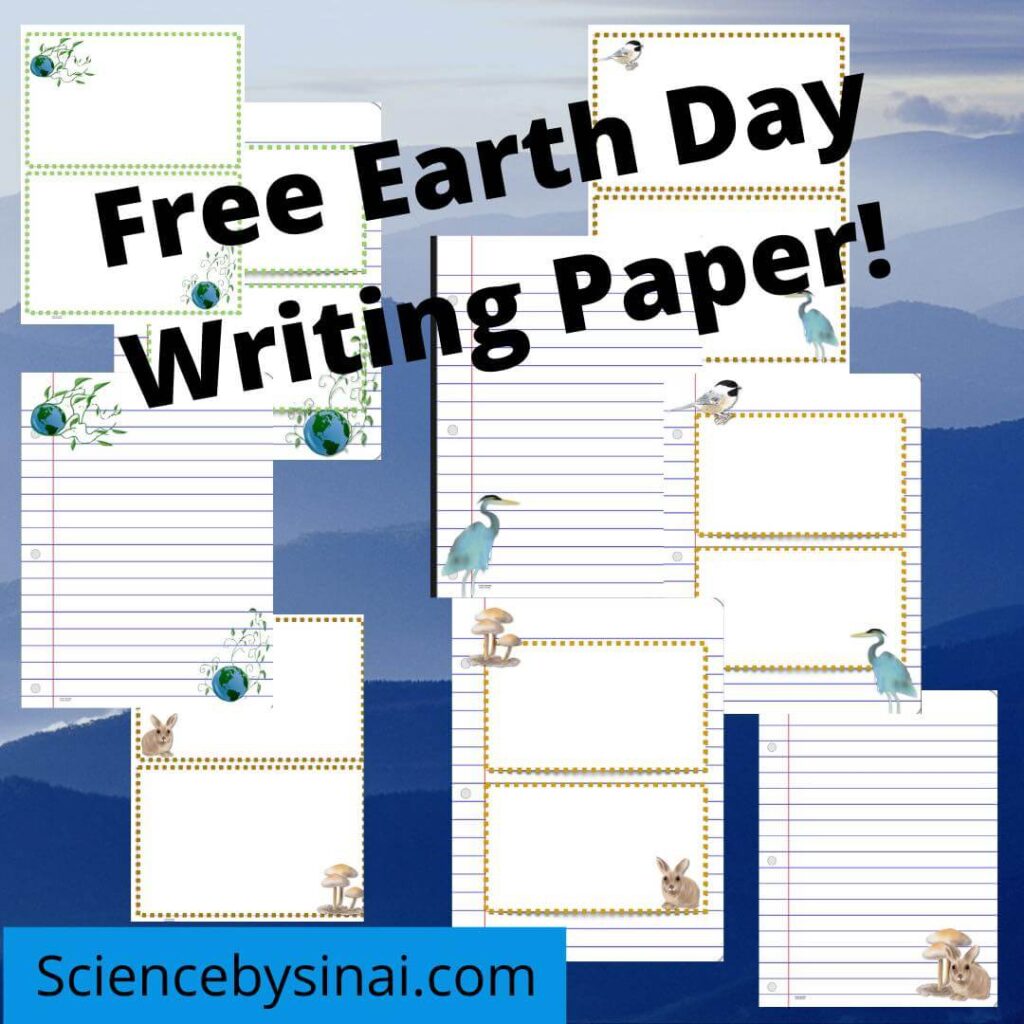
6. Observing Microorganisms as Bioindicators of Water Pollution
One of my absolute favorite labs, for Earth Day or in an environmental unit, is to take students to a pond to gather scummy water to bring back to the classroom. If not, I can gather some myself to use.
As part of our water pollution unit, we talk about how there are certain micro and macro organisms that act as bioindicators. The presence, or absense, of these organisms can indicate the health of the water that we are observing. (Identifying Pond Water Microorganisms as Bioindicators)
We discovered that we can put our iPad cameras up to the eyepiece of our microscopes and take insanely clear and amazing videos! In fact, I stopped running around from microscope to microscope. I just tell them to “take a video so we can see!”
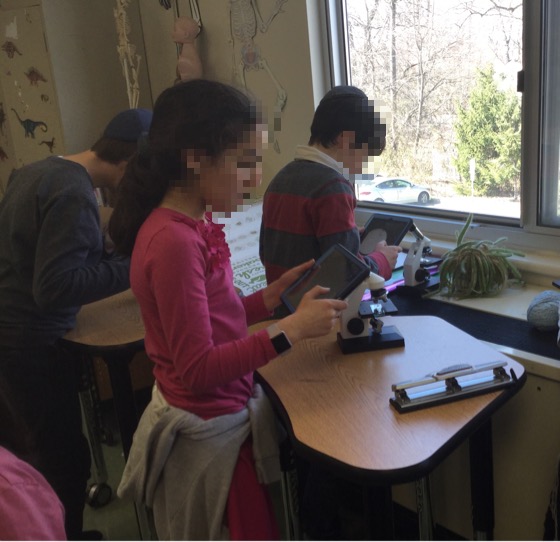
In the past, I would be the one basically identifying the creatures, as we found them, and that became exhausting. I finally drew this set of 46 common creatures that we may find, based on years of doing this lab. I researched which type of conditions each of the organisms thrives in, ranging from a high tolerance of pollutants to very low tolerance.
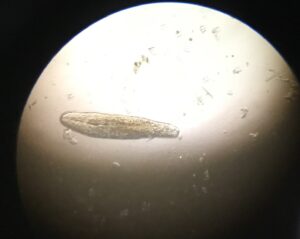
I spread these pictures out on the table and have the students work on identifying what they have found. By the end of the week of observations, we pull together our conclusions about the pond water. We try to decide whether it is healthy or not, in terms of being able to support the most organisms.
Due to the excitement, I have a very hard time ending this lab! Students beg me to go back and look at their creatures, throughout the rest of the year, and even the following year!
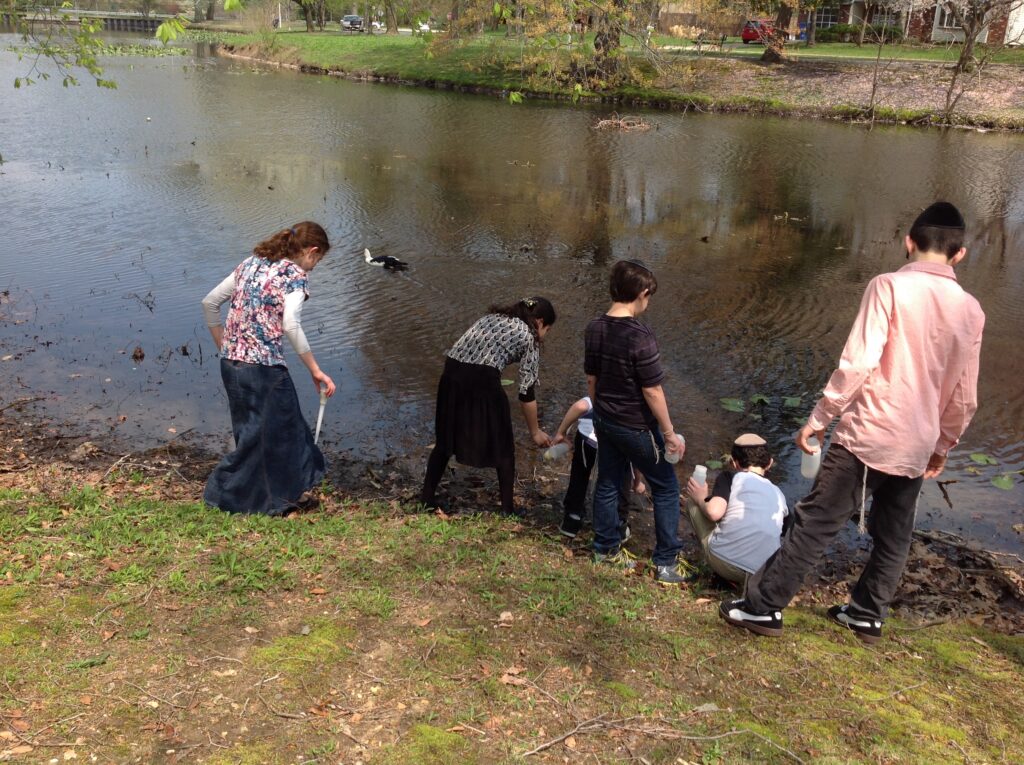
7. Earth Day Stem Excess Product Packaging Analysis Lab
How much trash are you actually buying? This lab really opens up the eyes of the students, and in a lot of cases, parents have told me that they never really thought about it either!
Students search their houses for an unopened package of any product, such as a toy or food product. They bring their package to school and we separate the package from the product. Using pan balances, we find the mass of the package alone and the mass of the product. With that information, we can calculate the percentage of trash that they are purchasing! This leads to a great discussion of landfills along with the Great Pacific Garbage Patch.
Here is my blog post on how I teach this unit called Inspiring Middle School Students to Minimize Their Impact on Municipal Waste.
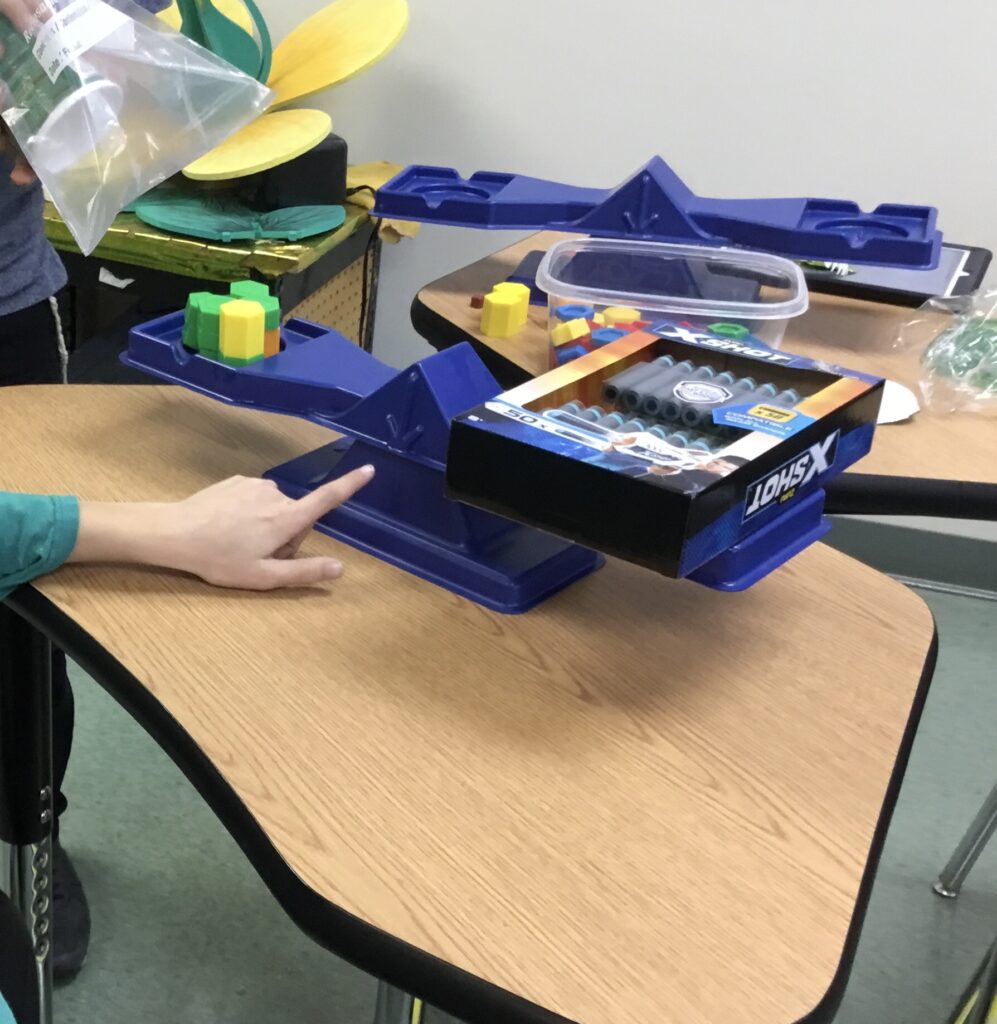
8. Plastic Recycling Home Scavenger Hunt and Reading Passage with Questions
Continuing our discussion of packaging and plastics, students learn about the recycle numbers on the bottom of recyclable plastics. Using my resource that has prepared Google slides, they go on a scavenger hunt around their house. They add these slides to their digital science notebook and then find and photograph the different products that use these plastics. I then have them research which numbers their specific community will collect in their recycling cans. They are usually surprised at how little is actually recycled!
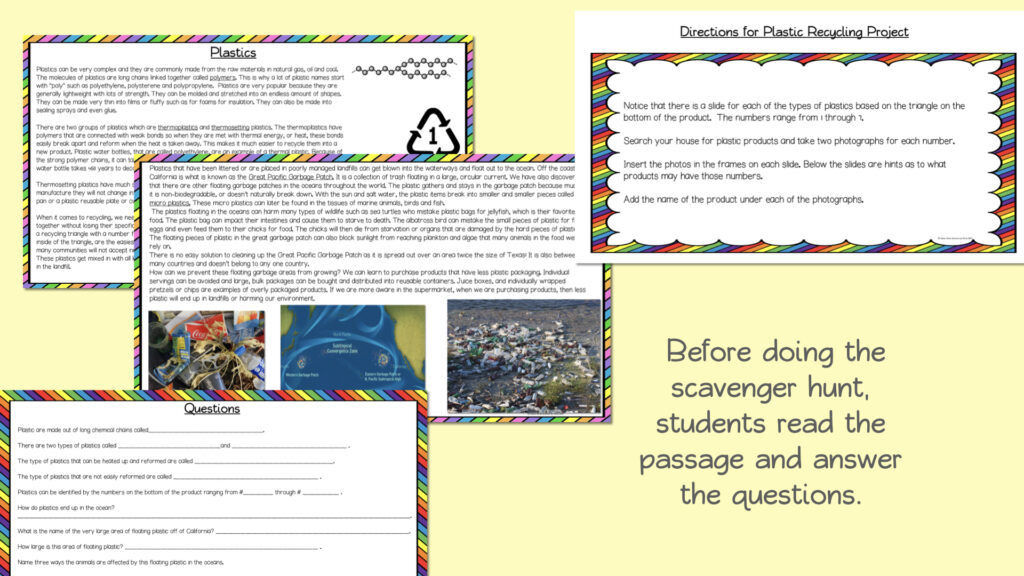
9. Stem Earth Day Air Pollution Data Graphing Activity
As part of a discussion on air pollution, we talk about the excess use of automobiles and how many pollutants are produced as we drive around. The students track a parent’s car for five days. By interviewing that parent each evening, they record how many trips the car made, how far it went and where it went. (Complete privacy is respected, as explained in the resource directions).
After the five days are over, the students analyze the trips and categorize them into luxury trips, semi luxury trips or necessity trips. They then interpret and present their data with many types of graphs. We use the Google sheets app, Numbers app or Excel to create our spreadsheets and charts.
This lab leads to great discussions as to what can be done to reduce the car trips, and quite a few students say that they’ve had some good conversations with their parents, too.
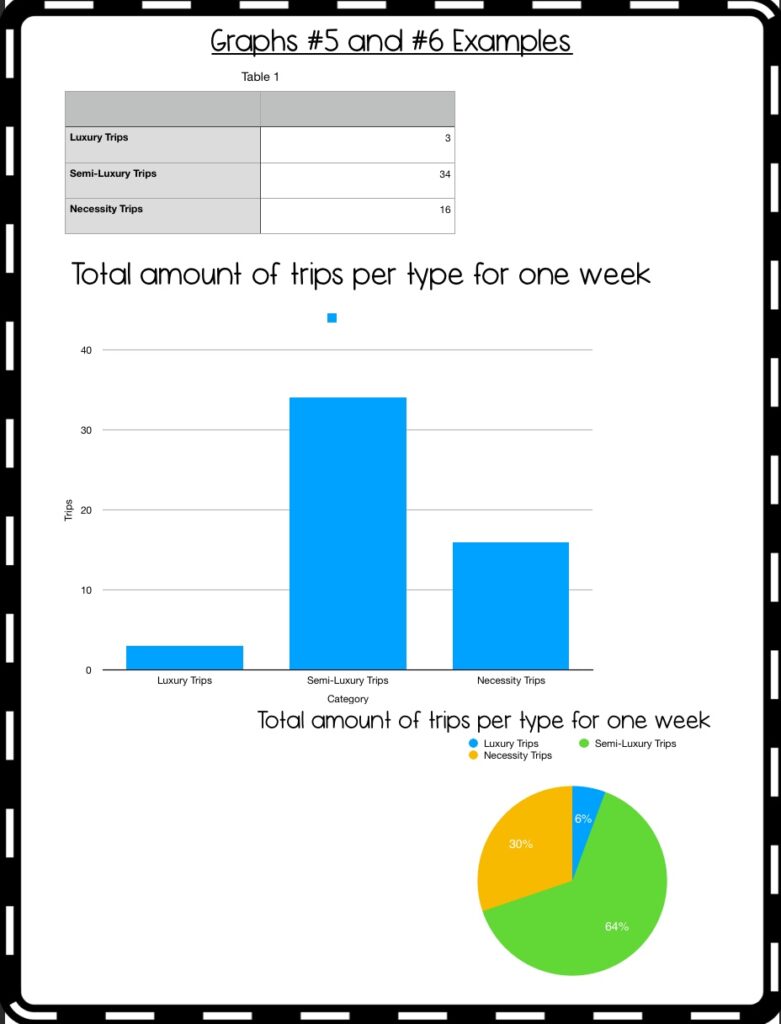
10. Invasive Species Research Project and Dice Roll Food Web Game
As we discuss biodiversity, it is important to bring up the presence of invasive species all around the world and the huge impact that they have made on almost every ecosystem on the planet. Many local plants, birds and animals have been in the area so long that many people do not realize that they are invasive.
Students choose either an invasive plant or animal, and use my digital or printable graphic organizer to research and present basic information. How the plant or animal became invasive can be very interesting for the students.
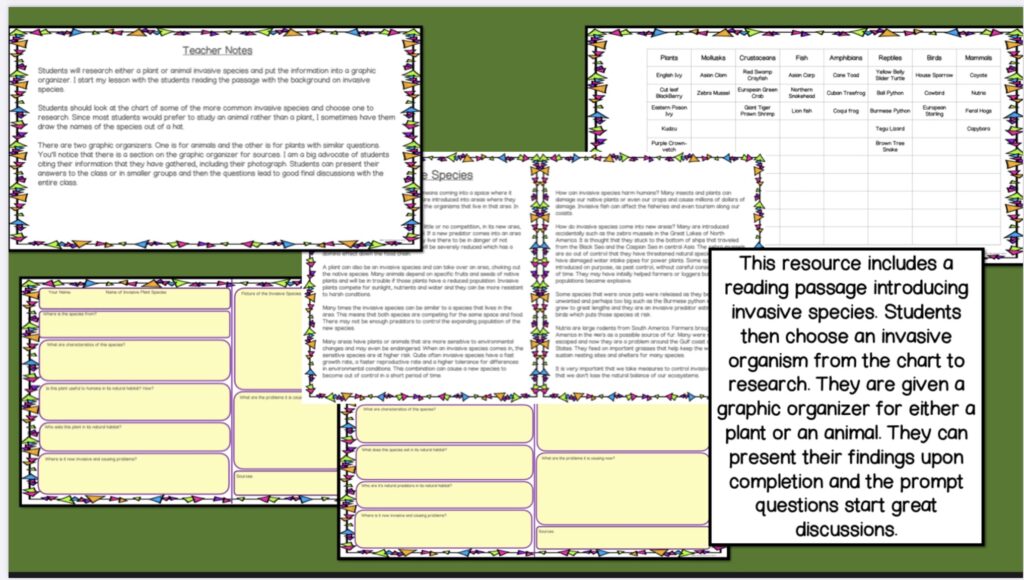
After we have done some research, I like to have students play a dice roll game. They fill out the food chains of a desert food web by connecting the lines between the plants and animals.
Then they learn about eight different desert invasive species that are causing big problems. I put the students in groups and they roll the dice. Based on the number on the dice, they look at a chart to see which invasive species are harming which plants or animals. They then ERASE those lines, on the food web, that connect the ones that are harmed.
For example, the Burros(wild donkeys) are invasive in the Pronghorn Antelope’s habitat. This will cause the Pronghorns to move further away. This will cause the Mountain Lion to have less food. The students will erase the line between the Mountain Lion and the Pronghorn. But what about the food that the Pronghorn eats? We erase the line between the Pronghorn and the grass that it eats.(Teaching Students About the Threat of Invasive Species)
This is visually dramatic! Also, no two groups will get the same results so great discussions occur.
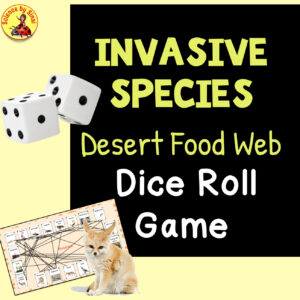
I love getting the students involved in the conservation of their environment. They really start to take on more ownership and awareness, which is essential for when they become our future leaders!
Enjoy Earth Day and I would love to hear about your activities, too!


